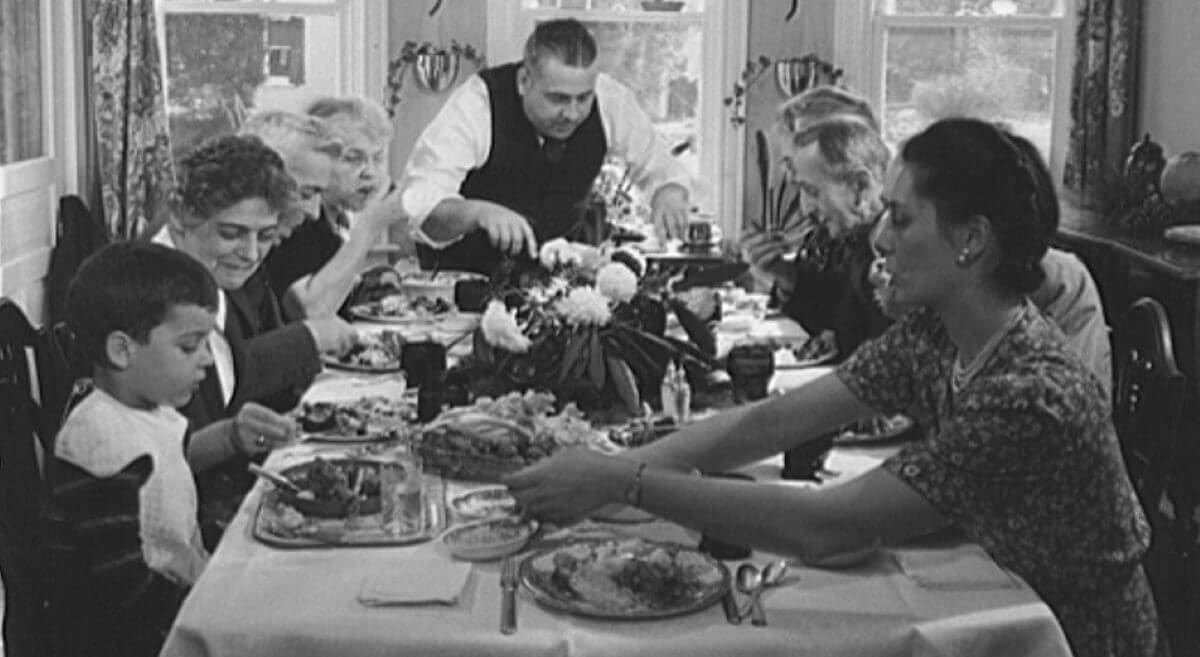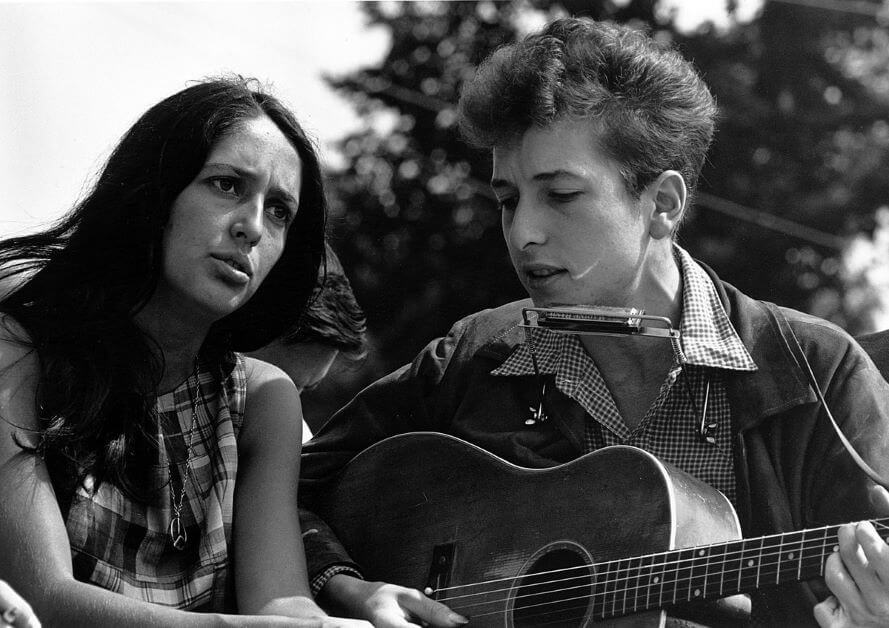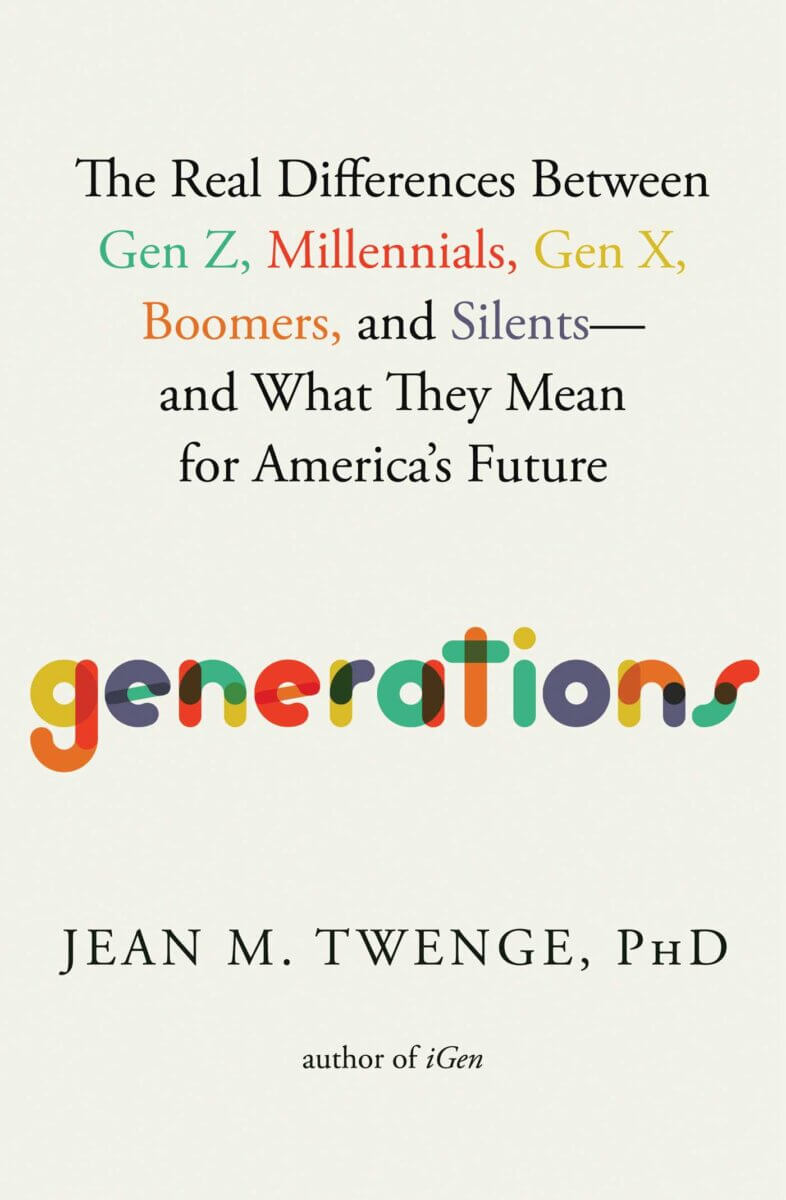
By What Scale Do You Evaluate History? Jean Twenge’s “Generations”

As a young pianist, I learned to understand the differences between the baroque and the classical and the romantic periods according to whether the music in those times was wild and passionate or strictly structured. When I was in high school, my peers and I were taught to regard the centuries since the Middle Ages as a progression from mysticism to empiricism. Many today regard American history as a story of slow but steady advancement in civil liberties.
Jean Twenge, in her newest book Generations, is primarily concerned with the scale of technology. According to Twenge’s perspective, the past one hundred years of American history, from the marital trends of the “Silent Generation” (born 1925-1945) to the psychological development of the “Polars” (born 2015-the present), can be seen according to the changes wrought by technology. According to this frame, Twenge devotes her book to an in-depth analysis of each living American generation: Silents, Baby Boomers, Generation X, Millennials, Generation Z, and Polars.
Many today are opposed to the naming of generations, arguing that the practice is reductionist and inaccurate, or even offensive and harmful. Twenge addresses these concerns, succinctly replying to the most common critiques of named generations in the introduction, and, further, demonstrating throughout the book why “generations” are useful for the study of culture and recent history. Generational change does indeed take place fluidly, not suddenly every few decades, as the delineation of generations may suggest. However, Twenge posits that separating this change into chunks is an effective and helpful way to study and present the knowledge.
The book supports this theory well: her organization allows her to report and analyze a staggering quantity of data. In some cases, she simply gives evidence to things we already know about our society. She tells the story of politics from the 1960s to the 1980s by showing how “the Boomers went from hippies to yuppies,” being first overwhelmingly concerned with cultural revolution, and eventually almost exclusively with personal growth. She shows how constant access to television defined Generation X’s childhoods (“A striking number of Gen X childhood memories revolve around TV”)—and uses TV to demonstrate other trends, such as Gen X’s “unabashed materialism.” She explores various theories to explain why mental health trends have been steadily worsening for every generation since the Silents (e.g., “‘Killing’ marriage and religion was not a good idea for happiness.”)
But this book does not only confirm, it confounds. Being a member of Gen Z, I was surprised with much of what I learned about the Silent Generation (my own grandparents’ generation). I understood the Silents to be the last bastion of pre-World War II values, not straying from the norms of their parents and grandparents. In fact, Silents were in many ways more conservative than their parents, marrying and having children much younger, on average. What’s more, they were sometimes more revolutionary than their children, for “much of the social change we associate with the Boomers and the 1960s instead originated with the Silents,” who were, after all, the leading figures of the 1960s, counting among their number Robert Kennedy, Cesar Chavez, Martin Luther King Jr., Malcolm X, Dorothy Day, and Bob Dylan. I imagine if my grandparents read the book, they would be similarly surprised at much of the chapter about my own generation.

Twenge’s book explains the traits of each generation according to the major trends of the past century. Generations charts political change, political attitudes, marriage and divorce rates, fertility rates, and mental health statistics, indicating clearly where each generation falls on these scales. The trends in each case are obvious: the median American voter is more socially liberal, divorce has become more common while marriage and parenthood comes later, and mental health is getting worse.
Twenge argues that each of these trends is a manifestation of two broader trends: individualism and the slowing life clock. Where once people were more concerned with community and conformity, today they are more interested in self-expression and setting themselves apart. Where once people were considered adults before they turned twenty and the average age of death was sixty, today the major milestones of adulthood have been pushed back, and most expect to live beyond seventy.
Individualism and the slower life are themselves the results of technological change. This is perhaps the most profound argument in Twenge’s book: nearly everything about our society that is different now from how it was in the 1920s can be attributed to technological developments. Twenge mentions that the invention of the airplane contributed to four of the more significant events (for the United States) of the last hundred years: World War II, 9/11, and the AIDS and COVID-19 pandemics.
If technology did not influence a societal change directly, then it has through individualism and the slower life clock. Individualism is a result of technological developments because technology has made daily life easier, so people no longer have to rely upon their community to get by. Twenge uses the example of laundry. For most of history, laundry was a time-consuming task which people usually tackled together, in community. When electric washers and dryers became common in the middle of the twentieth century, that habit of community-building was entirely eliminated.
The slower life-clock is the result of technological developments because of medical advances which have pushed back the average age of death. People can count on a longer life, so they feel comfortable delaying major life decisions which previously occurred earlier, such as marriage and becoming a parent. Technology has relatedly changed the nature of how people become parents, freeing many to have sex with far less concern of possible pregnancy (contraceptives), and allowing others to have children later (surrogacy, IVF, and oocyte cryopreservation).
As I read the book, I found myself thinking again and again about religion. Although it is not Twenge’s main focus, she does address the decline in religiosity in America at several points in her book, particularly in discussion of Millennials and Gen Z. According to her theory of generational change, it is no surprise that Americans would be losing their faith: just as technology has ruled out a need for community, it has ruled out a need for a higher power. What’s more, religion often requires acceptance of difficult rules, made all the more difficult by slower lives: “when the norm is to marry in one’s late 20s or early 30s, fifteen to twenty years after puberty, no hanky-panky until marriage becomes difficult to pull off.”
But the most significant culprit is clearly individualism. “Why is religion less popular with Millennials? In short, because it is not compatible with individualism—and individualism is Millennials’ core value above all else.” It seems, at this point, that it is America’s core value above all else. In her final chapter, “The Future,” Twenge discusses the future of religion: “All signs point toward religion continuing to retreat among Americans.” People still seek meaning, but they are increasingly finding it in personal philosophies and political ideologies rather than institutions of faith.
As mentioned above, Twenge offers the “death” of religion as a possible explanation for the current mental health crisis. This is an easy conclusion for those of us who hold a strong faith, but its implications are deeply alarming. It seems that no religion has found a broadly effective method for re-evangelizing a populus which has abandoned faith. It is one thing to try to give a sick man a medicine that he has never heard of, quite another to convince him to receive the cure which he has already rejected.
When I put Generations down for the last time, I felt not only informed but challenged. Twenge rejects the cyclical model of generations for the modern age, positing that we are on a linear path. The things which we believe to be extreme today will only become more extreme as time goes on, unless and until something very significant occurs. We can only guess what this might be.


